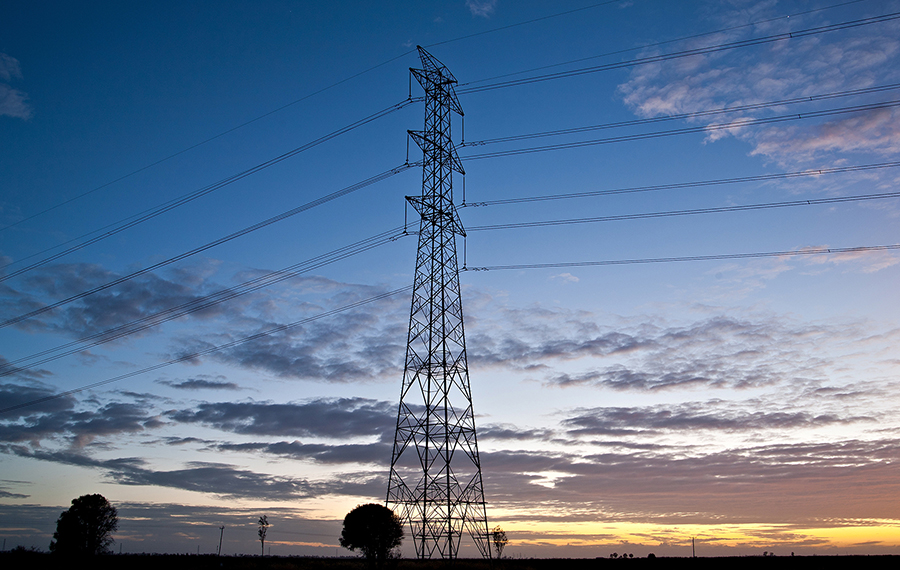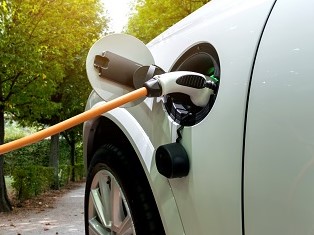
Save money on energy
Learn how to save on energy to reduce the cost of living for Queenslanders.

Energy system planning
Learn about our commitment to delivering an affordable, reliable and sustainable energy system.

Selling fuel and fuel price reporting
Learn about selling fuel and fuel price reporting.
Energy for me
Energy in your home
Electricity, gas, energy saving, solar power, digital meters, consumer rights.
Energy in your business
Energy supply and pricing, energy saving and efficiency, solar power, support packages.
Energy industry
Energy regulators, renewable energy, electricity industry, gas industry.
Electricity supply interruptions
Stay informed about Interruptions in Queensland's power supply network including the latest information on both scheduled and unexpected outages.